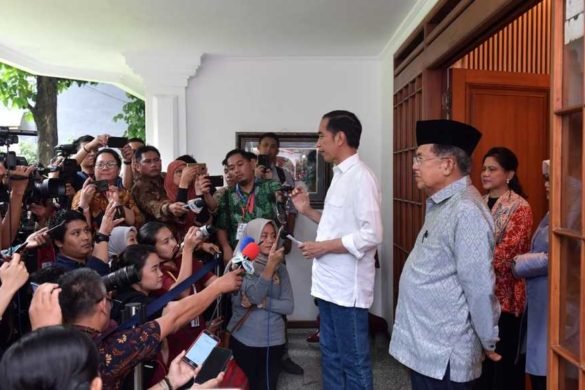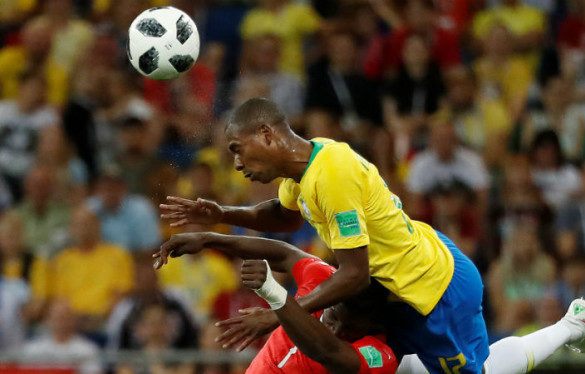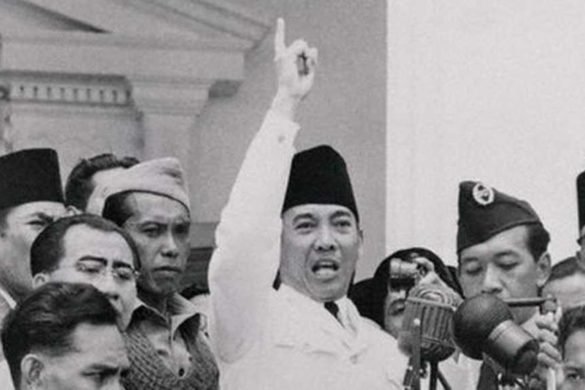BENDERRAnews, 27/11/18 (Jakarta): The kaleidoscopic history of Chinese-Indonesians is one of seamless hybridity.
In the wake of periods of discrimination against the ethnic group — in 1740, 1965, 1998 — this hybridity is pushed aside in favor of political othering, according to Yudi Latif, a researcher and intellectual.
Yudi spoke about this othering at an event titled Peranakan Tionghoa Dalam Kebhinnekaan Bangsa Indonesia (Ethnic Chinese in Indonesia’s Diversity) that was recently held by the group Komunitas Lintas Budaya Indonesia at the Bentara Budaya cultural center in Jakarta.
“[Indonesians] are a melting pot of many races,” Yudi said, before adding that the mongoloid races also belonged to Indonesia.
“So, the truth is, Ahok and [Anies] are basically the same. Nobody’s stupider,” he said, referring respectively to Jakarta’s former and current governors, Basuki “Ahok” Tjahaja Purnama and Anies Baswedan.
But segregation sharpens these lines and history would attest to that.
Sukarno policy
In 1959, president Sukarno enacted a law that mandated that Chinese families from rural areas move to bigger cities. And the most glaring form of discrimination happened in the New Order era, when — in the late 1960s — president Soeharto forbade Chinese schools, language and any form of public cultural expression. The wounds would later heal in future administrations — but some of them remain.
“After the process of affirmation [such as through president Abdurrahman Wahid’s recognition of the Chinese New Year celebration], the othering erased any imagination of the Chinese-Indonesians; they didn’t go through the process of familiarization,” Yudi said.
Chinese batik: Visitors look at batik influenced by Chinese design during the exhibition at the Bentara Budaya arts center in Jakarta. (Courtesy of Bentara Budaya Jakarta/-)
This proves that the normality of a Chinese Indonesia has been sullied, reconfigured to the point of unfamiliarity. And it runs counter to research by Eijkman Institute’s Herawati Sudoyo that disproves the purity of the Indonesian DNA and lineage.
This impurity lends itself to mixed marriages, subtle cultural harmony and more.
Mixed marriages
Citing census results, researcher Didi Kwartanada, who has studied the topic of Chinese-Indonesian heritage on Java Island, said mixed marriages between indigenous and Chinese Indonesians in Yogyakarta had been accounted for. “There is a community that’s not Javanese enough nor Chinese enough,” he said.
Then the issue of Chinese-Indonesian identity stretches into politics. In the early 19th century, the Dutch settlers enacted a stratification of ethnicities through its Indische Staatsregeling article: The first one is the Caucasian, the second one is that of foreign “orientals” (Arabs, Chinese, Indians) and the third one indigenous Indonesians, known as bumiputera at the time.
But upward social mobility for the Chinese existed: A Chinese-Indonesian could move up the ladder through certain means.
Chinese journey: Researchers (from left to right) Yudi Latif, Ariel Heryanto and Didi Kwartinada discuss the cultural and political journey that Chinese Indonesians took throughout the years. (Courtesy of Bentara Budaya Jakarta/-)
Soeharto’s Chinese conglomerates
Despite their political participation — Chinese-Indonesians have had their own political movements through, say, Partai Tionghoa Indonesia or PTI or organizations such as the BAPERKI or the LPKB — some stereotypes against the ethnic Chinese persist.
“[Chinese-Indonesians] were seen as the middlemen, the extension of the Dutch’s outreach to sell European products,” Didi said. His statement would perhaps be akin to Soeharto’s Chinese conglomerates — purported to be cash cows or a source of political security.
Ariel Heryanto, a professor at Monash University in Australia, said the problem with the persistence of these stereotypes went back to the nation that fomented them. The purity of races can be equivalent to the purity of the nation.
“There are many people who believe that a nation was built naturally — that it has always been around,” he said. “So, we tend to look back more. There are groups who feel like they’re the rightful owners of this country.”
It didn’t use to be this way. Ariel cited the national anthem, Indonesia Raya, as an example. “It says, ‘that’s where I stand’, not ‘this is where I stand’,” he said. Indonesia, according to Ariel, used to have a knack for looking forward.
And the Chinese-Indonesian life stands at any intersection of Indonesia’s political maturity. There is virtually still a long way to go to completely purge Indonesia of its social ills.
And one way to do that, according to Yudi, is participation. “We have to step out of this [obsession] with identities, whether in politics or culture,” Ariel Heryanto said, according to The Jakarta Post. (B-tJP/jr)












